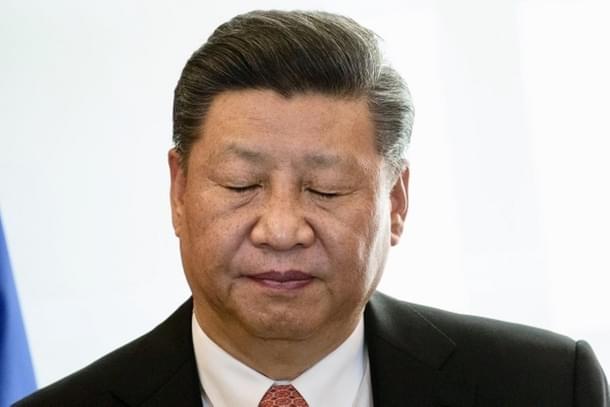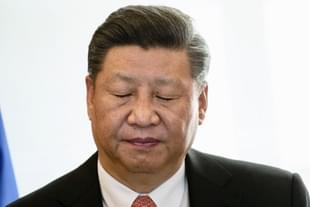World
Between Trump's Tariffs To Biden's Sanctions, China Is Losing America's Imports Share
Swarajya Staff
Jun 05, 2023, 11:33 AM | Updated 11:33 AM IST
Save & read from anywhere!
Bookmark stories for easy access on any device or the Swarajya app.


New data reveals that China's share of the US's low-cost imports from Asia will soon fall below 50 per cent for the first time in over ten years, as western companies relocate their operations outside of China, as reported by the Financial Times.
According to the annual reshoring index by Kearney, a management consulting firm based in Chicago, efforts by the US to reduce dependence on China and the preference of price-sensitive American buyers are driving trade towards cheaper alternatives in Asia.
The US and China are each other's largest trading partners. According to the Kearney Reshoring Index, which is based on US trade data, Chinese goods accounted for 50.7 per cent of US manufactured imports from Asian countries last year. This percentage has decreased from nearly 70 per cent in 2013.
While China's exports have declined, the Kearney index shows that imports from Vietnam have doubled in the past five years and tripled over the past decade. India, Taiwan, and Malaysia have also contributed a larger share of Asian products consumed by Americans.
The relocation of manufacturing out of China was initially driven by protectionist tariffs on goods during the Trump era, as well as labor shortages in China that led to increased wages and costs.
Under the Biden administration, the trade segregation between the United States and China has accelerated. The administration has pursued an economic security agenda amidst tensions over various issues, including advanced semiconductor technology and Beijing's threats against Taiwan.
The implementation of new US laws, such as the Inflation Reduction Act and the Chips and Sciences Act, has further contributed to increased investments away from China and into the United States and Mexico, particularly in semiconductor manufacturing and electric vehicle (EV) batteries.
These laws provide subsidies to incentivise chipmakers to reshore their operations.
Container volumes also indicate a shift in US imports from low-cost Asian markets, resulting in a decline for China.
According to logistics technology company Descartes, China's share of total US container imports decreased from its peak of 42.2 per cent in February of the previous year to 31.6 per cent in March of the current year.
However, as China's economy reopens from pandemic controls, its share has since risen again. During the period from February 2022 to April 2023, India's and Thailand's shares grew slightly to 4.1 per cent and 3.8 per cent respectively.
A study conducted by Deutsche Bank in 2019 examined 719 products for which the US relied on China. The study found that 95 per cent of these products could be sourced from other Asian countries. The remaining 38 items were primarily composed of chemical and related goods, according to the report.
Also read: White House Is Destroying China's Semiconductor Ambitions, One Policy Move At A Time





